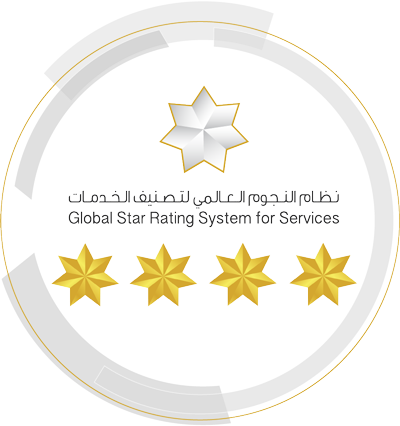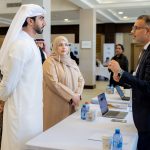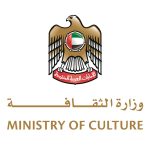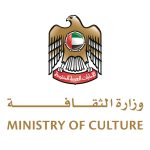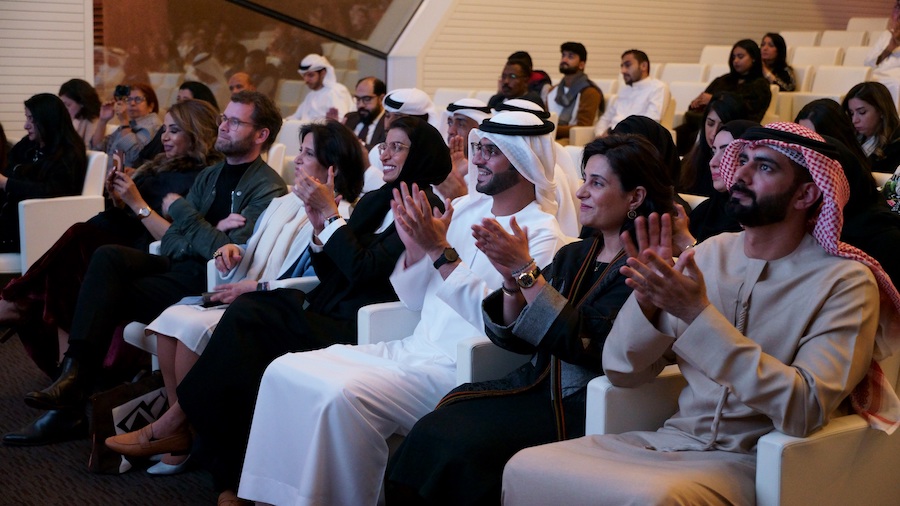
HE Noura bint Mohammed Al Kaabi Minister of Culture and Knowledge Development, Sheikha Mai Bint Mohammed Al Khalifa, Chairwoman of the Board of Trustees of the Shaikh Ebrahim Center for Culture and Research, announced the launch of a project to restore and rehabilitate two archaeological houses in the town of Muharraq in Bahrain. The announcement was made during a ceremony in Manama to announce the details of the project attended by HE Sheikh Sultan bin Hamdan bin Zayed Al Nahyan, UAE Ambassador to the Kingdom of Bahrain and a number of senior officials from both countries. The project is a result of a bilateral agreement that was signed on the sidelines of the joint Emirati-Bahraini Committee in Manama late last year.
HE Sheikh Sultan bin Hamdan bin Zayed Al Nahyan, UAE Ambassador to the Kingdom of Bahrain, emphasized the depth and strength of the distinguished brotherly relations between the two countries based on a common history and a common vision. He pointed out that the restoration of the two archaeological houses in Muharraq establishes the historical and cultural dimension between the peoples of the UAE and the Kingdom of Bahrain.
"This project reflects the progress achieved by the cultural relations between our two countries through the close coordination and cooperation between our respective cultural institutions as we strive to become a model of successful partnership in the cultural and creative fields, especially in light of the ties of brotherhood and common destiny that join our two peoples,” he said.
He went on to express his wishes for continued interaction between the intellectuals both countries in various fields, especially with the official opening of the two historic houses and with cultural, artistic and literary events that express the depth of relations between the two peoples.
The UAE Minister of Culture and Knowledge Development Noura Al Kaabi said that the project reflects the UAE-Bahraini relations and the keenness of the two countries to preserve their historical heritage and cultural and civilizational origins in the context of the bilateral relations based on established ties, common history and constructive cooperation that serves humanity as a whole.
Al Kaabi went on to add that these houses represent a rich cultural heritage in the Gulf region and the Middle East. They are an expression of the vision of the late founding father Sheikh Zayed bin Sultan Al Nahyan aimed to strengthen brotherly ties between the peoples of the UAE and Bahrain.
Al Kaabi announced that the houses will be called “Nuzul Al Salam” and “Green House”. The names were selected carefully to reflect traits of Sheikh Zayed’s character. Sheikh Zayed was a man of peace, humanity and tolerance. He paid special attention to the environment and agriculture and sought to expand green landscapes in the UAE, therefore, both houses will bear his name.
Al Kaabi went on to add: "These houses will become platforms for the promotion of Gulf and international culture and art through seminars and festivals that contribute to the preservation of Gulf culture and preserve it for future generations"
"The project is in line with the UAE's strategy to preserve cultural and human heritage. The town of Muharraq has a rich cultural heritage, especially after being chosen as the capital of Islamic culture in 2018. The city also bears witness to the rich heritage of the Kingdom of Bahrain throughout history as it became a center for enlightenment and a beacon of ancient and contemporary Islamic art,” Al Kaabi added.
Her Excellency Sheikha Mai bint Mohammed Al Khalifa, President of the Bahrain Culture and Antiquities Authority, Chairwoman of the Board of Trustees of Shaikh Ebrahim Center for Culture and Research:
“This year we have celebrated two events that left a profound impact on the history of our two countries with the announcement of Muharraq as the Capital of Islamic culture and the Year of Zayed, the patron of love and compassion. It is our great pleasure to officially announce from the Shaikh Ebrahim Center for Culture and Research the start of a fruitful cooperation that marks a geographical and cultural expansion of the march initiated by the late Sheikh Zayed bin Sultan Al Nahyan in his second homeland, and specifically in the town of Muharraq, which, since the majlis of Sheikh Ibrahim, has welcomed those who believed in the significance of culture as a cornerstone for our societies. On behalf of the Board of Trustees of the Sheikh Ibrahim Center, we thank the Ministry of Culture and Knowledge Development of the United Arab Emirates, and in particular HE Noura Al Kaabi, who is a staunch believer in the important role the private sector has to play in the renaissance of our region. This is a most opportune collaboration that further strengthens our brotherly relations. We would like to extend to the United Arab Emirates our wishes for more success, progress and prosperity”
12 university students from the UAE with interests in archeology and architecture will be involved in the project as a way to develop their expertise and knowledge in the best practices in the maintenance of archaeological sites. The universities are: Zayed University, UAE University, Abu Dhabi University, Sharjah University, New York Abu Dhabi University.
Nuzul Al Salam will be a destination for visitors of the Pearling Trail and the historic town. It will be restored to reflect authentic Bahraini architecture which will allow visitors to experience the Bahraini way of life and the kingdom’s urban environment.
The Green House will be transformed into a library for the archiving of art in the Kingdom of Bahrain in general and the restoration of manuscripts as well as the preservation of books and paintings. The building hosts a vertical garden that is unique to the Middle East and contains 200 species of plants, mostly from sub-tropical and desert regions around the world, such as the Mediterranean Basin, the Middle East, Australia and South Africa. They represent the power of natural renewal as visitors will be able to follow their growth throughout the seasons. Additionally, they are a sustainable environmental artistic symbol that embodies the harmony between nature, man and the city.

